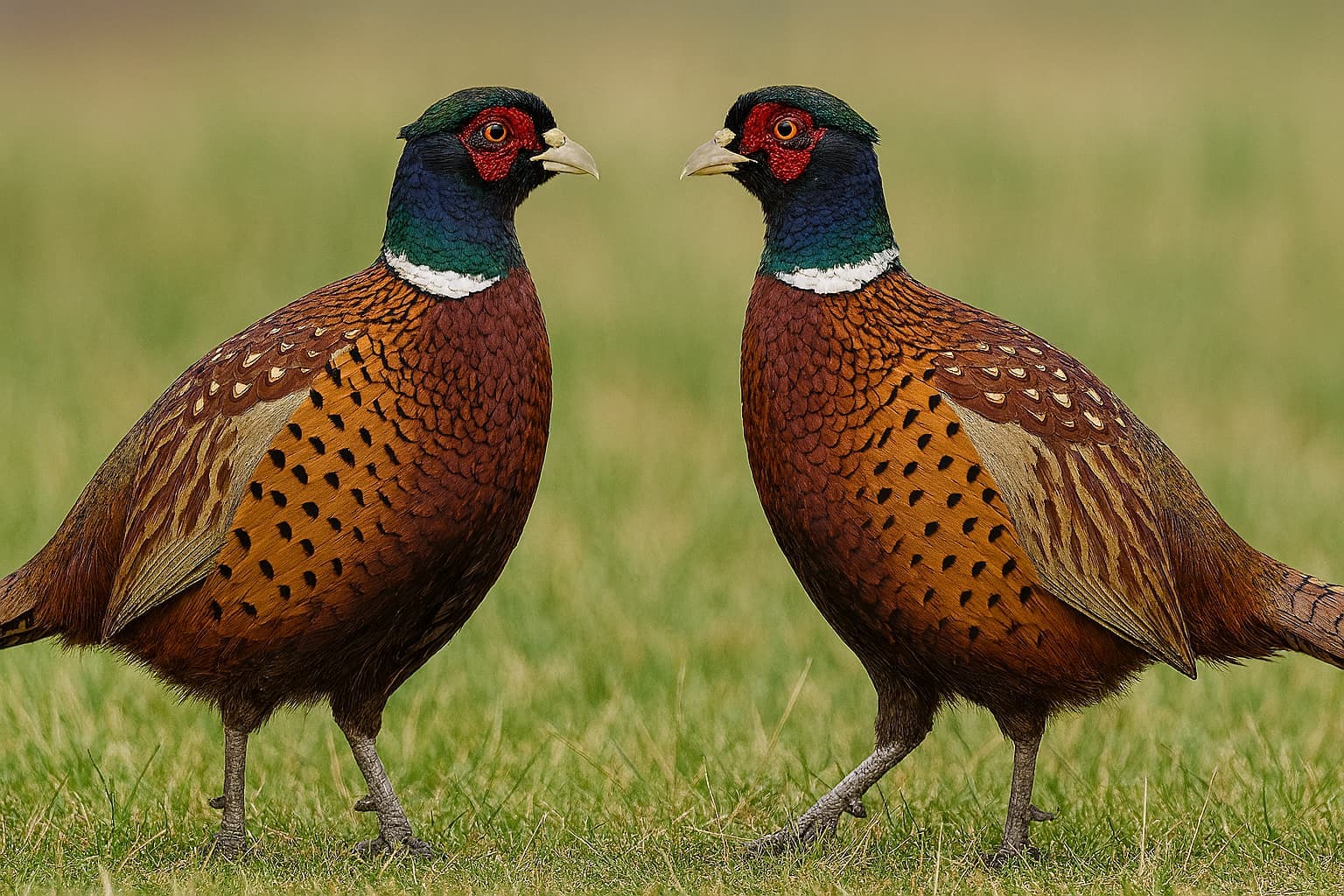Handler Commands After Stop — What's Allowed?
We explore what handlers are allowed to do after the judge calls 'Stop' in a field trial. What commands are permitted?

Practical J-Regs: What Happens When a Handler Gives Commands After Being Told to Stop?
Field trials test dogs — but they also test handlers. One key aspect of trial management is the judge's authority to instruct a handler to stop working the dog.
But what happens if the handler continues to give commands after being told to stop?
This article explores how judges should handle this according to the Kennel Club J Regulations.
🐕 Scenario: Handler Continues to Handle After Stop Instruction
During a Novice Retriever Field Trial, Dog 8 is sent for a retrieve into cover. The dog hunts wide and fails to get near the fall.
After 30 seconds of unproductive hunting and visible confusion, the judge says:
“That’s enough, please stop there.”
The handler nods — but then gives another whistle and a cast as the dog starts to return.
🧑⚖️ Step-by-Step: What the J Regs Say
📌 1. Judges Have Absolute Authority to Stop a Dog
J(A)4.d: “The Judges may at any time during a trial, instruct a handler to stop his dog, and the handler must then immediately call up the dog.”
✅ This rule is clear: once the judge stops the retrieve, all handling must cease.
The handler is expected to:
- Stop giving commands
- Call the dog up (if allowed)
- Accept the decision without further input
📌 2. What If the Handler Continues?
Continuing to give commands after a judge’s stop instruction is considered interference with judging — and depending on context, may be treated as:
- A breach of regulation
- Unsporting conduct
- A challenge to judge authority
This may result in:
- Elimination of the dog
- Formal warning to the handler
- Report to the Kennel Club (in serious cases)
Judges are not expected to tolerate this behaviour — fairness relies on respect for process.
📌 3. What If the Handler Didn’t Hear the Judge?
If the handler genuinely didn’t hear the instruction due to wind or distraction:
- Judges should confirm the call clearly
- Give the handler the benefit of the doubt initially
- But if commands continue after clarification, action should be taken
📝 Judges’ Book Example
- "Handler continued to cast after being told to stop — handler warning issued — dog eliminated"
🧠 Tip: Judges should be calm and clear — and always ensure both handler and co-judge are aligned on the decision.
🧑🏫 Handler Takeaway
In the heat of competition, it’s easy to focus entirely on the dog — but remember:
- Judges have full authority
- The moment they stop you, your job is to cease commands
- Continuing may hurt your reputation — not just your dog’s record
Always listen to the judge — not the dog.
🧾 Summary Table
| Situation | Outcome |
|---|---|
| Handler gives a whistle after being stopped | ⚠️ Warning or elimination — judge’s discretion |
| Handler continues giving multiple commands | ❌ Strong grounds for elimination |
| Handler doesn’t hear and apologises on clarification | ✅ Usually allowed — no penalty |
| Handler argues with the judge | ❌ Reportable offence — misconduct |
📚 Further Reading
- Kennel Club Field Trial J Regulations (Mini Guide 2025)
- Interference with Another Dog’s Retrieve
- Running In and Judge Authority
👉 More Practical J-Regs coming soon — let us know if there's a scenario you'd like us to cover.
More from Applying the J-Regs
Continue exploring applying the j-regs articles

Wrong bird picked
A real-world gundog field trial example showing how the Kennel Club J Regulations apply. Learn how judges use the rules when dogs make mistakes or show exceptional work.

When a Dog Is Eye-Wiped — What Happens Next?
We explore what happens when a gundog is eye-wiped in a field trial. A clear breakdown of how the Kennel Club J Regulations apply to this crucial judging decision.

Vocal on a Line — Is It Elimination or Just a Mark Down?
We explore what happens when a gundog vocalises during a retrieve. When does noise become an eliminating fault, and when is it just poor style?